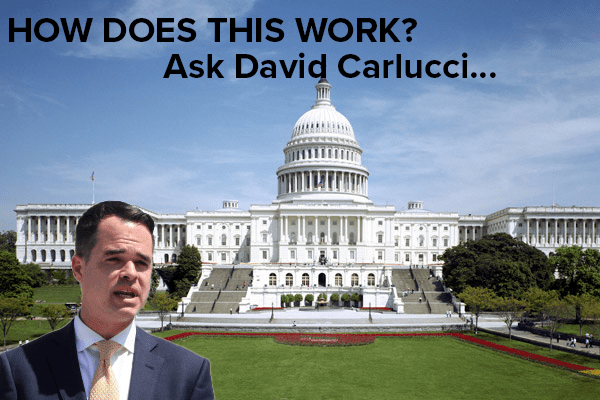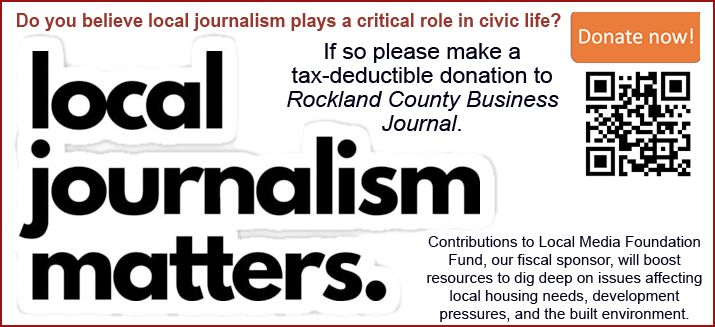|
RCBJ-Audible (Listen For Free)
|
Ranking Candidates In Order Of Preference Gains Popularity As An Alternative Means Of Voting
By David Carlucci
 Ranked Choice Voting (RCV), also known as instant-runoff voting, is an electoral system that allows voters to rank candidates in order of preference. This voting method is gaining attention in the United States, especially as New York City prepares for its upcoming primary election on June 24, 2025, with early voting commencing on June 14.
Ranked Choice Voting (RCV), also known as instant-runoff voting, is an electoral system that allows voters to rank candidates in order of preference. This voting method is gaining attention in the United States, especially as New York City prepares for its upcoming primary election on June 24, 2025, with early voting commencing on June 14.
In RCV elections, voters can rank up to five candidates for a single office, marking their first-choice candidate as “1st,” their second choice as “2nd,” and so on. If a candidate receives more than 50% of the first-choice votes, they win outright. If no candidate achieves this majority, the candidate with the fewest first-choice votes is eliminated. Voters who selected the eliminated candidate as their top choice then have their votes counted for their next preferred candidate. This process continues in rounds until a candidate secures a majority.
New York City adopted RCV following a 2019 ballot initiative, which passed with approximately 74% support. The system is used for primary and special elections for local offices, including Mayor, Public Advocate, Comptroller, Borough President, and City Council. The 2025 primary election will utilize RCV, allowing voters to rank their choices for these positions.
Beyond New York City, RCV is implemented in various jurisdictions across the United States. As of early 2025, RCV is used in over 60 jurisdictions, including two states—Alaska and Maine—for all federal elections, and in cities like San Francisco, Minneapolis, and Portland. Additionally, Washington, D.C., is set to adopt RCV for all elections starting in 2026.
However, the adoption of RCV is not uniform across the country. In recent years, voters in several states, including Arizona, Colorado, and Nevada, have rejected ballot initiatives proposing RCV. Critics often cite concerns about the complexity of the system and its potential to confuse voters.
The upcoming New York City primary election on June 24, 2025, is attracting significant attention—not only because of the candidates involved but also due to the use of RCV. With early voting beginning on June 14, voters will have the opportunity to rank their preferred candidates, potentially influencing the outcome in a more nuanced way than traditional voting methods.
As RCV continues to be a topic of discussion nationwide, its implementation in New York City’s 2025 primary election serves as a notable example of this voting method in practice.
David Carlucci consults organizations on navigating government and securing funding. He served for ten years in the New York Senate.














